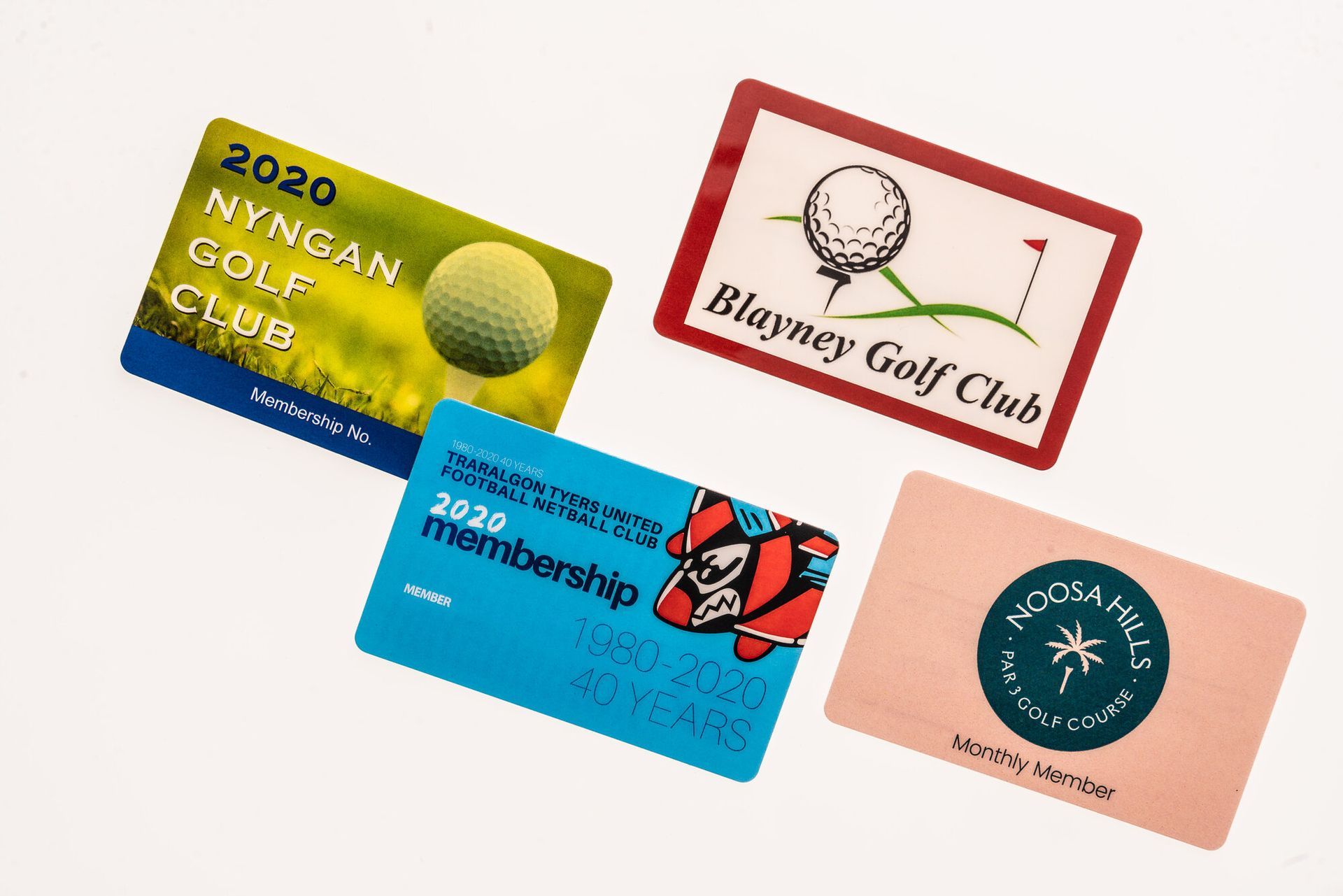It's all about the People...
Ron Browne • January 11, 2021
workforce planning is an essential part of your business planning

It’s all about the people…
January is a great time to review your workforce. Depending on your location, it is a pretty quiet month which can afford you time to reflect on the past, present and future staffing levels you require in your business. If you are under the pump this month, at peak load, it is probably highlighting where the shortfalls are in the number and type of staff you have.
Numbers
Looking at any venue, club, pub or restaurant, the number of staff required to operate your business will vary on many parameters. For example, a small restaurant may only have seating for only 20 patrons so one really proficient front of house person can probably handle it, but two good staff would be all over it. Taking orders, running food, running drinks and clearing can all occur with well trained staff who are energetic, enthusiastic and enjoy the interaction with the customers.
Then a medium sized (2 bar) pub might need a combination of staff – bar, bistro and floor staff and a gaming room attendant (at the very least). For some pubs, throw in one or two staff for the bottle shop (where they have one). This might mean you have about 13 staff on premise during a normal shift and you would have at least two shifts depending on your licence.
And what about a medium sized club, with 3 bars, a bistro, café and restaurant, full service TAB, 180 gaming machines and 3 bowling greens? And how long do you trade each day from 10 am till 3 am on five days per week and till 1 am on the other two nights, so you probably need three shifts to cover the trading hours and to minimize overtime. So we are talking 21 or more staff per peak shift and throw in a couple of greenkeepers and the cellarman. All of a sudden you are at 70 or more staff because we haven’t allowed for the Secretary Manager, the bookkeeper or accountant and since June 2020 – COVID Marshals.
When did you last review your organisation’s workforce properly? You probably haven’t even realized the creep in the total number, not to mention the wages bill, because ‘business is going well and I just need a couple of extra casuals to fill some gaps’. And Job Keeper was a God send, to keep all your best staff, and keep the club afloat during the shutdowns and restricted trading periods, but it also made you realise ‘Hey we’ve got a tonne of staff’.
Coming back from COVID shut down proved to be a great opportunity to review who you kept and who you didn’t. Some staff realised they made more money on Job Keeper than they had as a regular and systemic casual and decided Job Seeker was more attractive than returning to work. So they may not be with you anymore (but good luck to them in the long term).
With reduced capacities (one person per four square metre densities) we didn’t need so many staff if we were going to try and trade anywhere near profitably, with the exception that we now need to add in the cost of ensuring a COVID Safe Marshal was present at all trading times. And it is probably costing the equivalent of an extra staff member just for the hand sanitizer, the extra cleaning sprays, converting sign in software and all the added imposts on the business to operate under the strict Public Health Order regimes.
I hear loud groaning and sense lots of eye rolling in agreement, so let me just say this – aren’t you glad you live and work in Australia and not anywhere else in the world today (OK I’ll give you New Zealand)?!
Back to business now as many clubs and pubs in particular are back to ‘as normal as possible’, given the strong gaming conditions we have had since re-opening. So now is a great time to review your staff situation for now and with a little crystal ball gazing, for the longer term future.
When I facilitate a strategic planning session with a club, pub or business, I always encourage the organisation to look at their three key resources – human, financial and physical – as these are the resources that they must optimize to trade profitably and hopefully grow.
How best then to review your workforce for today and for the future? Using a club as the example and the KIS system (Keep It Simple), here are some bullet points to go with –
X Identify each business unit and support unit of your organisationo Bar(s),o Gaming,o TAB,o in-house food outlet(s)o administrationo Other in-house operations – gym, pool, car wash, etcX Calculate the optimum number of staff required to operate efficiently in each areaX Work out the hours required in each area per day (e.g. administration 8 hours, bars 10 am to midnight = 14 hours, etc.)X Divide the total hours in each area by an appropriate shift time (e.g. administration would be 8 hours for a full-time employee and maybe 4 hours for a permanent part timer on 20 hours per week, whilst most bar shifts are most efficient at 5 hours length as no meal break would be required)X This should give you a total number of staff for each area of your business per dayX Multiply this by the number of trading days per week – 7 days for most clubs – and there you have the current workforce numbers.
Contact me for an excel spreadsheet, as an example of how to do this calculation.
Skills
Okay, so now we know the numbers, what about the skills? What does each staff member of each area need to know to do the job properly? Well they all have a job description…yes of course they do and that should spell out the skills they need to do their jobs properly.
You have all heard me talk repeatedly about a diversity/skills matrix when discussing directors’ skills and it is the same for staff. Knowing what skills your staff have and then comparing them to the skills they need to work efficiently and effectively will give you –
X A gap analysis of your staff that identifies where the gaps in skill are, that you need to train and develop in your staff – especially cross training so that they can operate in more areas of the organisationX A great snapshot of where you have staff already proficient in multiple skills that can be deployed across the organisation if required, other than their main job
X You may unearth skills you hadn’t known about in staff members, that can add value to your business – e.g. social media skills, graphic design skills or maintenance skills (qualified sparkies and plumbers who changed career but can do odd tasks around the building)
When doing this analysis, it is critically important to communicate to the staff that this is NOT a witch hunt, to purge the organisation of useless individuals!! It is all about identifying their skills and supporting areas of weakness through up-skilling them, to make their employment even more secure.
Again, contact me for a skills matrix to use as a template for your skills assessment.
Strategic view
Finally, its back to the crystal ball. If your plans are to expand a restaurant, extend your pub or amalgamate with another club, then you need to be able to project what your future workforce will need to be.
As a simple example for a club with in-house food options, if you upgrade from a bistro, where customers pick up their own food with a buzzer system, to a brasserie or restaurant where you will now take orders at the table and run the food out, you will probably need a couple of extra floor staff and they will need proper front of house skills –
X basic order taking skills and system,X good communication skills to explain the menu and ‘sell’ the specialsX basic 3 plate carry skills to run food to the tablesX develop table clearing skills (the average floor staff should be able to clear a table of 8 settings in one go when properly trained)X an understanding that every trip from the kitchen to the floor is a two-way trip – they must do something in each direction (which dramatically increases efficiency and reduces the number of staff required on the floorX keeping a ‘roving eye’ going on all areas of the restaurant, not just their own section, but assisting in the efficient operation of the whole unit
Of course, if a club decides to add a fitness centre to the in-house operation as a diversification strategy, then it’s all about getting staff with personal training or exercise physiology qualifications and skills, not to mention at least one or more who also have management skills (and qualifications).
Always remember whatever your organisation, it can only operate if the staff turn up every day and work efficiently and professionally to satisfy the customers’ expectation (topic for another day). So in the end, it's all about the people…
Contact Extrapreneur Services on 0414 633 423 or info@extrapreneurservices.com.au for assistance with your workforce planning.

Four years after COVID hit, are we seeing the same aftermath as four years post GFC? Alan Kohler, the ABC’s Finance guru raised the question in the first year post the 2020 COVID pandemic, somewhat predicting that the most post COVID insolvencies might come four years later. The bulk of post 2008 GFC insolvencies occurred in 2012 and here we are in 2024 with insolvencies on the rise. Australian Securities and Investment Commission (ASIC) data supports this projected outcome with a 36.2% increase in External administrations (7,742 companies) for the period 1 July 2023 – 31 March 2024, compared to the previous corresponding period. Of these, accommodation and food service industries accounted for 15.2% (1,174 businesses). Some of these have been clubs and many clubs have waved the White Flag, looking to amalgamate with other club to save their local failing operation, thereby avoiding being counted in these stats. In NSW, under the Registered Clubs Act 1976, amalgamations can occur between clubs with similar objects and initially preferring clubs within a 50 km radius of the amalgamating child club. Not all amalgamations are for a white flag club to survive. Many amalgamations have occurred between a really strong, large club and a smaller less powerful club, looking to grow business for both the amalgamating parent club and the child club. Amalgamation options – Growth or Survival As indicated above, the first thought that most people have when they hear the word amalgamation is – another one bites the dust . Another small struggling club has raised the white flag to have a large, stronger club step in and under-gird their operations, yet in the past few years, due to ongoing industry consolidation, many amalgamations have been initiated by a large, financially viable club, looking for growth opportunities outside it’s immediate area of operation.








